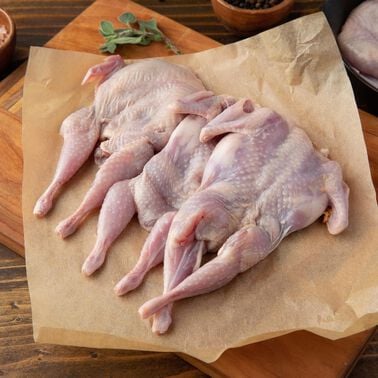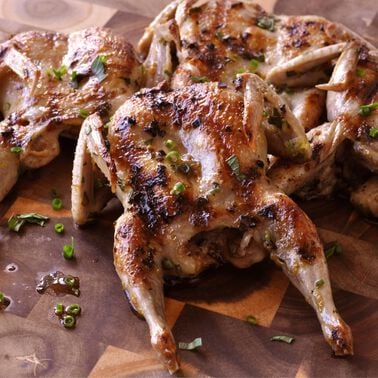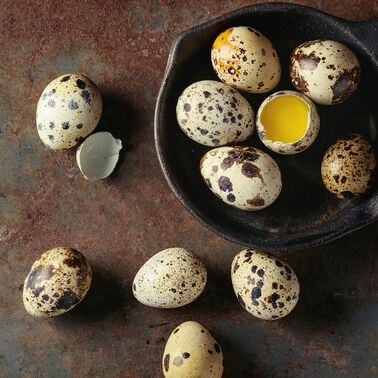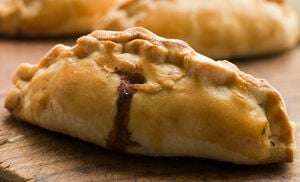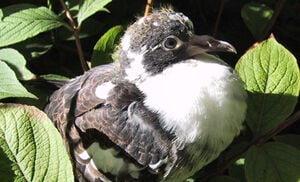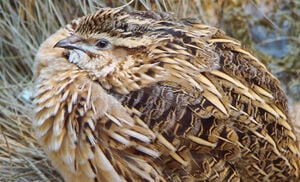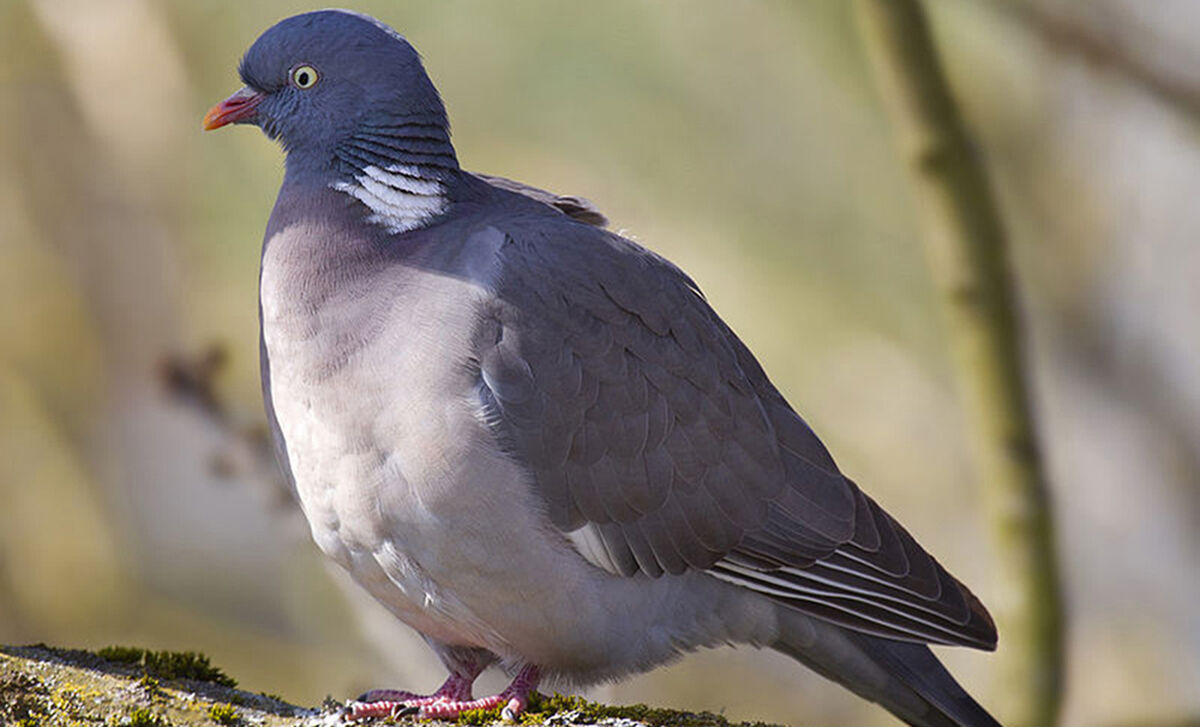
Found in large flocks outside of breeding season, the wood pigeon eats a largely vegetable diet, foraged in open fields, gardens, lawns, including fruits, berries and grains. The wood pigeon is considered an agricultural pest in Britain where it is legal to them all year long. D’Artagnan sources wood pigeon from Scottish hunting preserves and large estates, where weekend hunters engage in the timeless tradition of the hunt.
The flight of the wood pigeon is quick, and its takeoff is announced with a loud clattering of wings. The range of the wood pigeon is wide, covering most of Southern and Western Europe, though in migration, that range will widen. One of the places the wood pigeon migrates through is the Southwest of France. In October, all of Gascony seems to be looking up at the sky waiting for the annual migration to Africa. They call this disease la palombite, after the bird: la palombe. When it strikes absenteeism soars and unused vacation days are claimed, and mysterious maladies keep untold numbers away from the workplace. Streets are desolate. Where is everyone? Hidden away in the forest, among the pines or oaks in palombières, fern-covered wooden cabins with a vantage point in the treetops and sky. Some of these are quite grandiose; they have stood for years and are extravagantly outfitted. It is a matter of pride for the whole team of hunters to have the most comfortable and efficient palombière. On the first day of the season, the hunters sit in total silence and concentration, waiting to spot a wood pigeon. Though the spirit is friendly among the groups of hunters, it’s also pretty competitive. By the second day, the mood relaxes a bit and discussions of what to eat, how to prepare the wood pigeon, and which wine to drink begin to unroll.
Eating Wood Pigeon
The meat of wood pigeon is red, lean and has a rich, gamey flavor. The traditional recipe of Southwest France is salmis de palombe, which is a stew of wood pigeon with Armagnac or red wine. The birds are exquisitely flavored on their own, but the reduced sauce of bones and trimmings is an elegant magnification of that taste, enhanced with aromatic vegetables and wild mushrooms. Wood pigeon can be spit or pan roasted or even flambéed for a simple and satisfying meal. Dressed weight is about 8 ounces, so a whole pigeon makes a good single portion. The meat is dark and delicate, so overcooking will ruin it; serve it pink or rare. Wood pigeon can stand up to strong flavors like prunes, figs, red wine, and juniper. Often baked in meat pies, paired with root vegetables like celeriac or parsnip, and even in salads, wood pigeon is a link to our earliest days as hunters.
